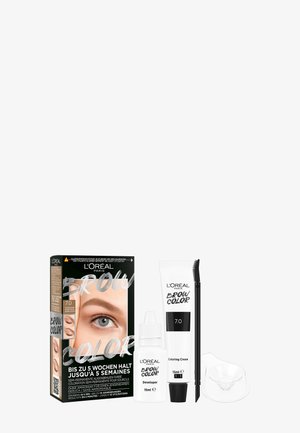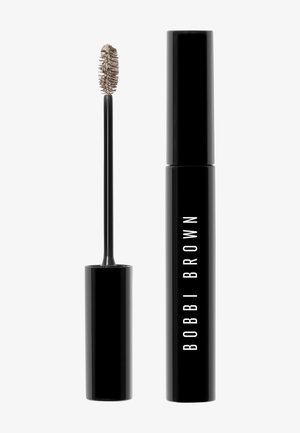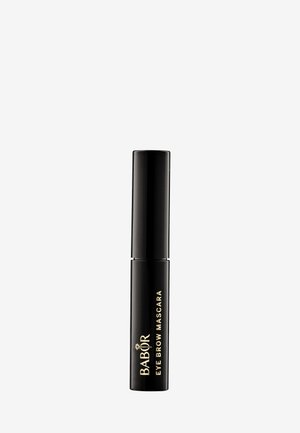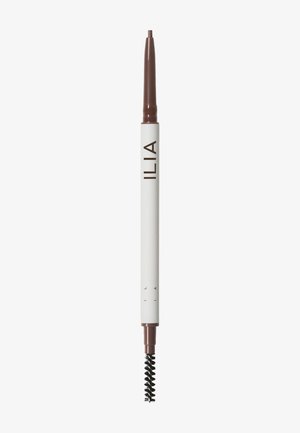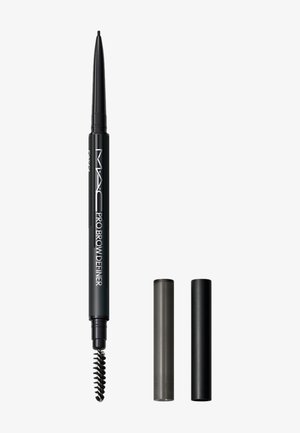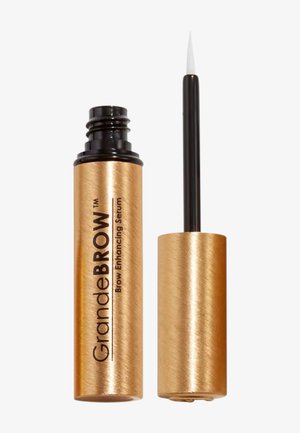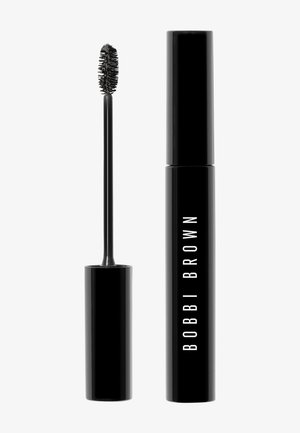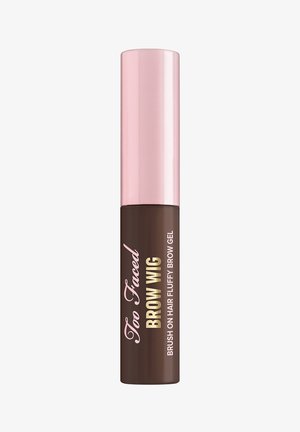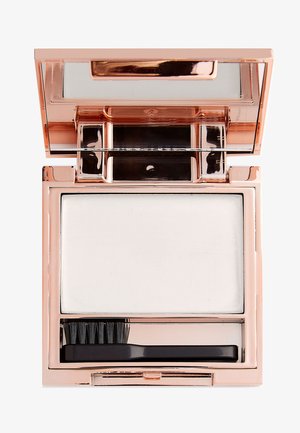
Living in the eyebrow era
Why we can’t leave our brows alone
Whether it’s the latest trend, finding the perfect shape, or brow regrets — we just can’t stop changing or talking about our eyebrows. We explore why.
Have you been thinking about eyebrows lately? Felt a sudden urge to pluck them, bleach them or grow them out? Well, you’re not alone. Countless articles and social media posts experimenting with colour, density and shape; styling them or shaving them off completely, are everywhere. Others focus on the latest trends, filters designed to help you find the perfect shape, and more recently, confessions of “eyebrow blindness”. The sheer amount of brow content shows the obsession of the brow — but why?


Let’s start with the impact of brows. “Brows are the most important element [of the face], key to expressiveness. So when you change them, it fundamentally changes the structure of your face,” makeup artist Isamaya Ffrench explained in The Guardian, and she may be onto something. Just think about filling in or shaving off a section of the eyebrow; a simple tweak that makes a stark difference. Even a straight brow has its role in restructuring a face. Why else would the TikTok straight brow filter be trending since 2023? It’s users claim the lifted brow look creates a flatter arch making one’s face look more “snatched and lifted”. Now, it’s influence can be seen outside of TikTok and in reality, where plucking or shaving the downward curved end of the eyebrows have become common practice.
Shop brow products
Shop brow products
Others don’t stop at the end of their brows — they shave them off completely. Despite its alien-like effect, the no-brow look has officially made its way into the mainstream. In 2022, Doja Cat took to an Instagram live feed to shave her eyebrows. A year later, every major publication released their own tutorial on how to shave your brows. Those who are attached to their brows but want a similar effect, bleached it ultra-light blonde; the unorthodox look appearing on Versace AW22 runway all the way to the red carpet, where it has been spotted on the likes of Lady Gaga, Chloé Sevigny and Emrata.
The controversial styles are nothing new. Supermodel Linda Evangelista sported barely-there brows during Todd Oldham’s SS95 show; ’90s club kids bleached their brows or shaved them off completely to create a blank canvas for experimental and expressive makeup; goths and punks also made it their own. And when the need for a brow circled back into place, it was often the fine line of the thin brow — the look that’s made the biggest comeback in mainstream beauty in recent years.
The skinny brow revolution started in 2018 when Rihanna appeared on the cover of British Vogue with an extra-thin pair of eyebrows. Cut to now, celebrities like Gabbriette own the skinny brow like no other. But it comes with its own fascinating history. Popularised by female actors and performers from the 1920s-1930s, the brows were originally plucked into a thin, downturned shape that helped them portray sad or happy expressions in silent films — and stars like Marlene Dietrich, Anna May Wong, Josephine Baker made it prominent then as it is now.
Shop brow products
Later, the style became a significant feature of the chola subculture, a community of Latinas who inspired pop singer Gwen Stefani’s heavily referenced ’90s look. Over the years, it’s been seen on other famous faces, from Donna Summer in the ’70s to Pamela Anderson, Kate Moss, and Carolyn Bessette Kennedy in the ’90s, all wearing different versions of thin brows.
Then, on the other end of the spectrum: full, bushy eyebrows. Pioneered by Brooke Shields and Madonna, they became the new norm in the ’80s, while in the mid-2010s, Karl Lagerfeld muse Cara Delevingne became the modern poster girl for big brows. By then, brows couldn’t get thick enough, and in 2017, their thickness reached a new high when model Sophia Hadjipanteli and her bushy unibrow rose to fame, challenging traditional Western beauty standards.
Shop brow products
While tweezers remained untouched, the 2010s saw the popularity of a number of other brow products. Those of us who still suffered from overplucked brows found help in the form of wax, gel, pencils, and powder to fill in the gaps. The availability of different tools and online tutorials opened the door to a whole world of grooming and styling brows at home, fueling new brow trends. First, there was the bold ombré brows. Later, the beauty community craved a more natural look, which they found in trends such as soft, yet voluminous feather brows. At the same time, the wider online beauty community discovered soap brows, a grooming technique that uses a bar soap to lift the eyebrows, creating a fluffy effect. Both looks have become synonymous with the clean girl aesthetic, a minimalist fashion and beauty style that has dominated social media.
Long before the term ‘clean girl’ was coined, another distinct eyebrow style emerged: the eyebrow cut. As the name suggests, this look refers to a cut in the eyebrow. Rooted in hip hop culture, American rapper Big Daddy Kane was one of the first to wear the cut in the ’80s, followed by Soulja Boy and Bow Wow. “Originally, the [...] eyebrow was associated with a subculture, but the more the trend spread, the more the rebellious attitude was lost,” wrote Kettj Talon in NSS Magazine. In the early ’00s, it was David Beckham who sported the eyebrow cut; today, celebrities like singer Zayn Malik have adopted the distinctive look. In 2020, Miu Miu featured the brow cut in its SS22 runway show, further proving that, as with fashion, most eyebrow trends come back sooner or later.
Let’s go back to our original question: why are we so obsessed with eyebrows? Well, the answer lies in all of the above. Looking back at the different facets of eyebrows, it’s clear that they are so much more than just a facial feature. Our eyebrows can give us a sense of belonging and signal that we’re part of a community. They have the power to change our entire look with minimal effort. They allow us to express ourselves, have fun, and even overcome a minor identity crisis at 2 AM with some bleach and a razor. So try out all the brow styles you want — even if it means your future self will cringe and accuse you of having eyebrow blindness.


